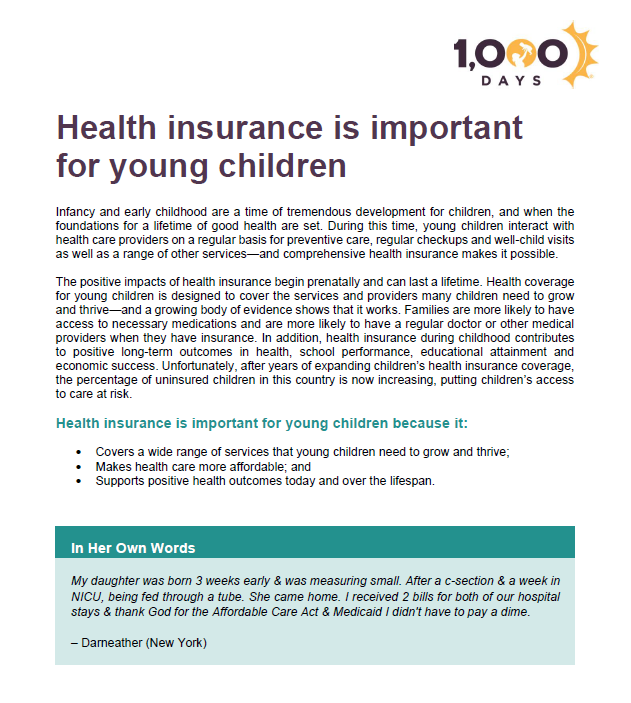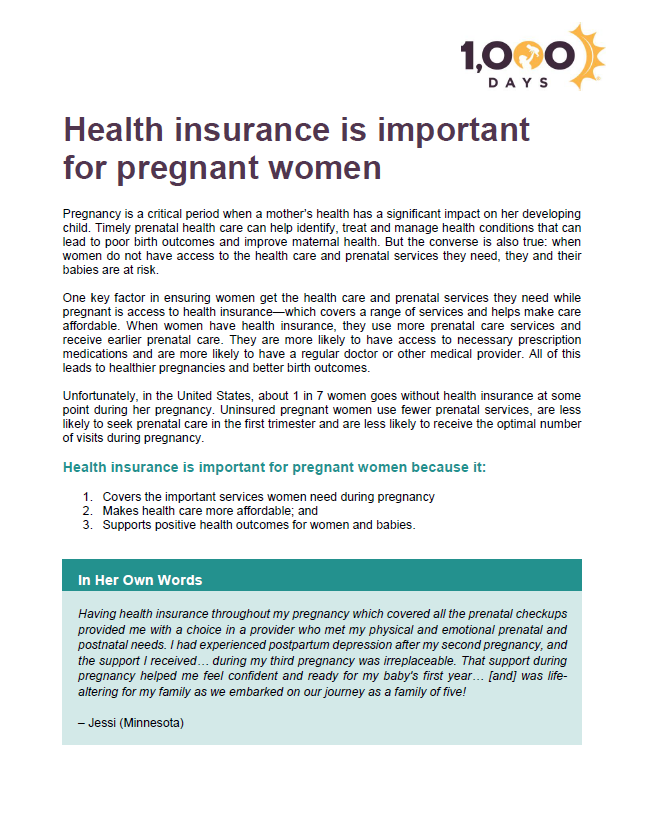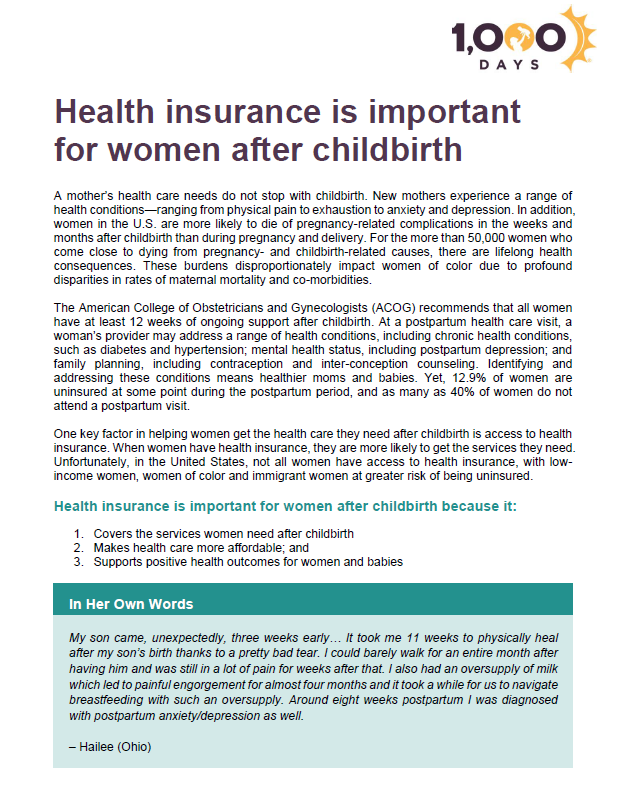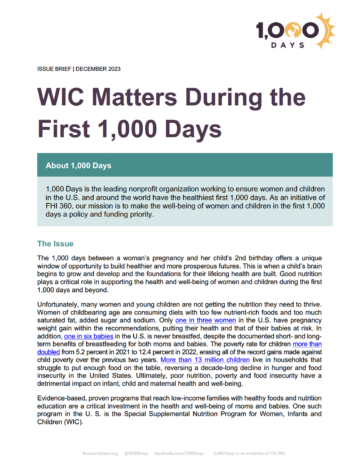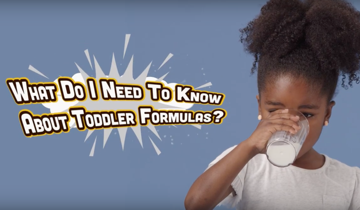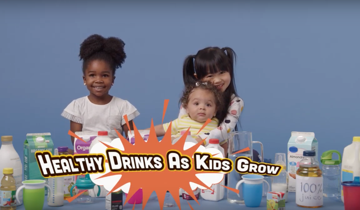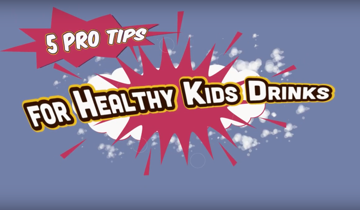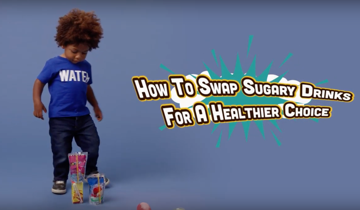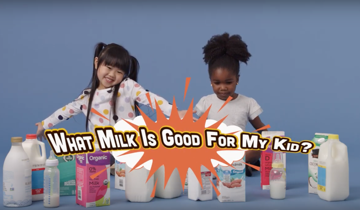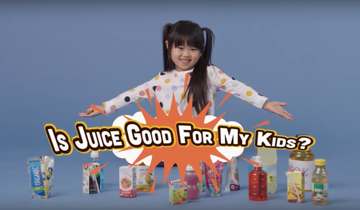Health Insurance is Important for Young Children
Infancy and early childhood are a time of tremendous development for children, and when the foundations for a lifetime of good health are set. During this time, young children interact with health care providers on a regular basis for preventive care, regular checkups and well-child visits as well as a range of other services—and comprehensive health insurance makes it possible.

